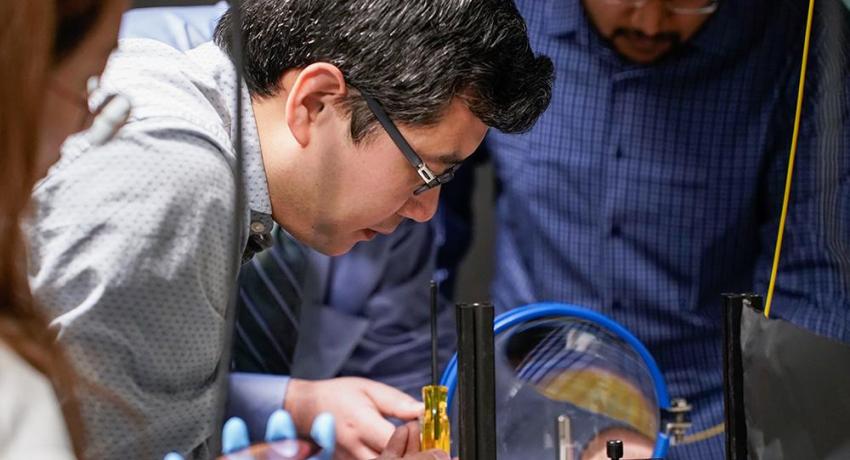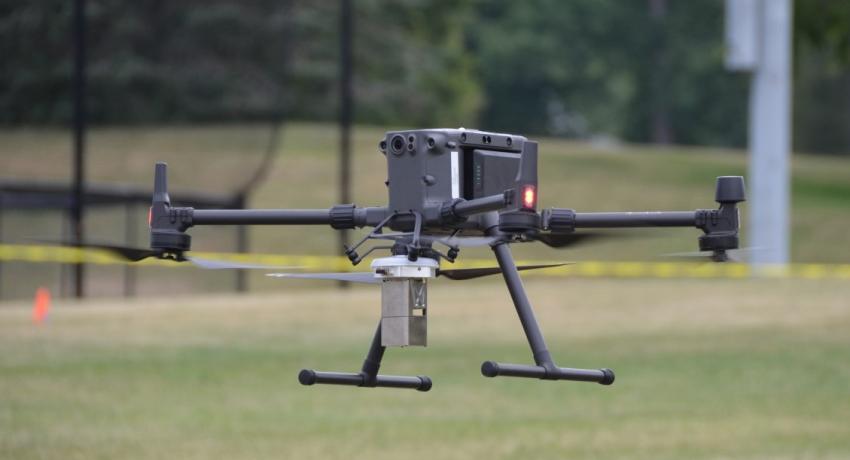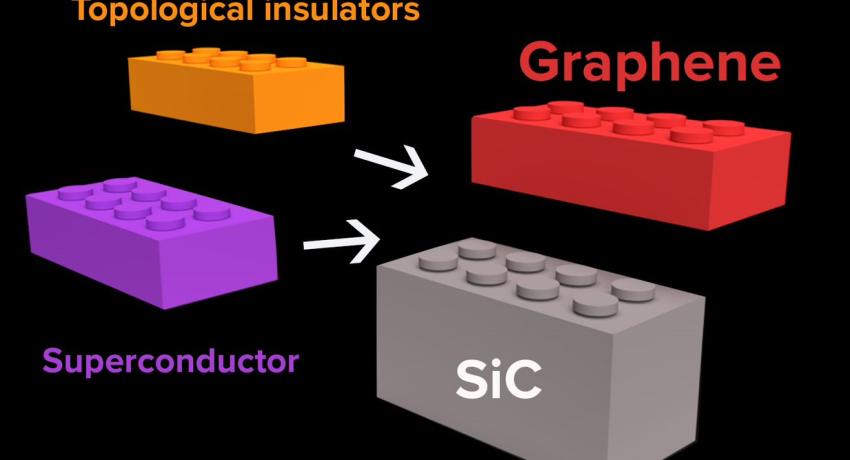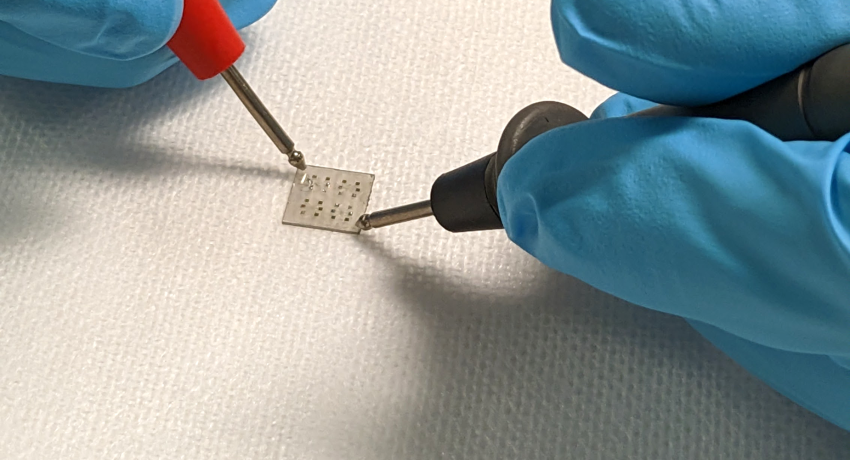Flat, pancake-sized metalens images lunar surface in an engineering first
By Maria R. Lucas
Penn State-led research team creates the first ultrathin, compact metalens telescope capable of imaging far-away objects
Astronomers and amateurs alike know the bigger the telescope, the more powerful the imaging capability. To keep the power but streamline one of the bulkier components, a Penn State-led research team created the first ultrathin, compact metalens telescope capable of imaging far-away objects, including the moon.




